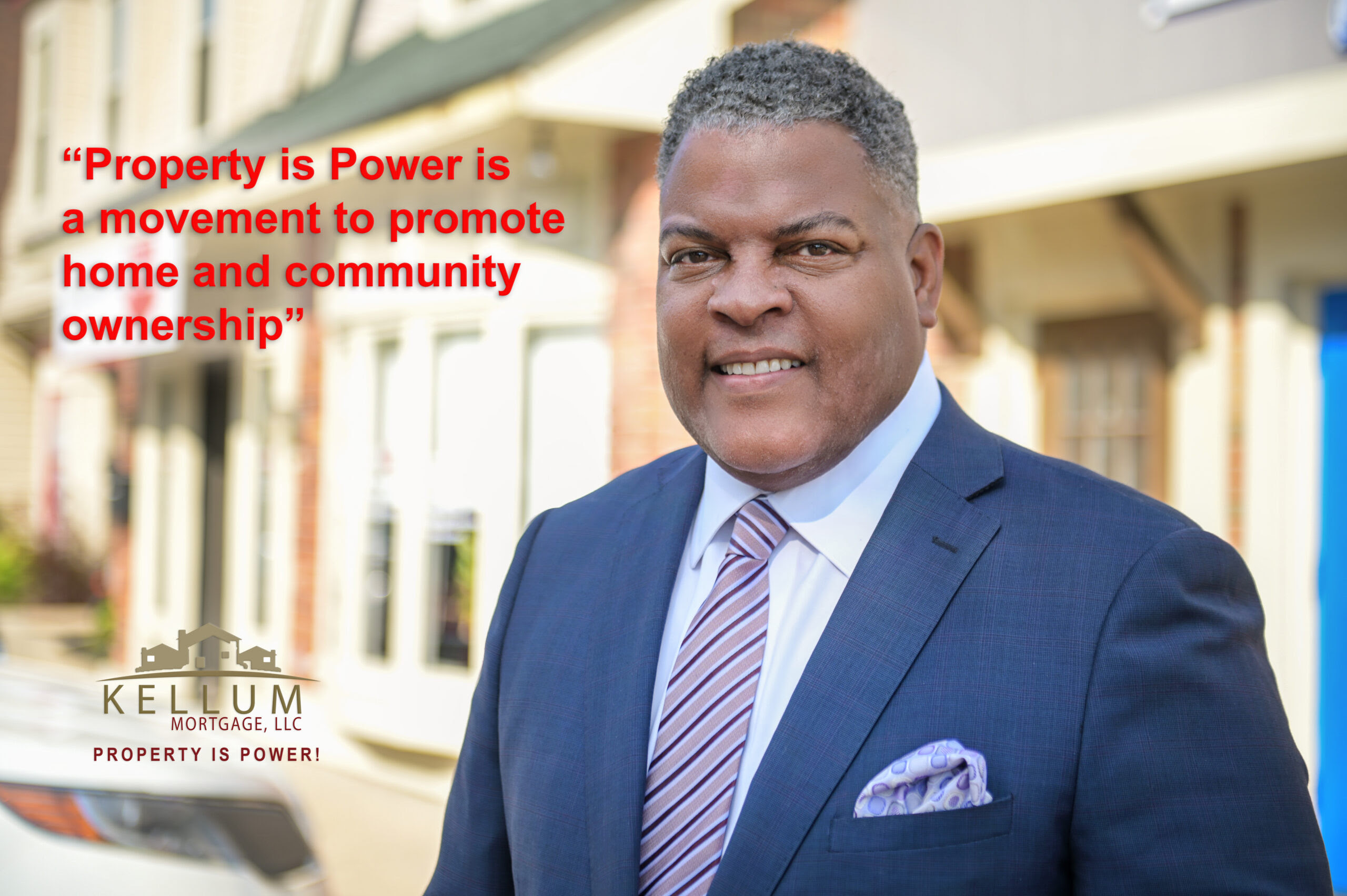In a highly anticipated decision, the Federal Reserve has chosen to leave interest rates unchanged, maintaining a cautious stance amid persistent inflationary pressures and an unpredictable economic outlook. While some in the financial sector were hoping for rate cuts to spur economic activity, the Fed’s decision sends a clear message: stability over stimulation for now.
But beneath the surface of macroeconomic policy lies a deeper and more urgent question: What does this decision mean for the Black community, particularly when it comes to the already staggering gap in homeownership between Black and White Americans? The answer is layered, complex, and, for many, deeply personal.

The Cost of Waiting:
Affordability and Access
When the Fed keeps rates elevated, mortgage rates tend to follow suit. For prospective homebuyers, this translates into higher monthly payments, more stringent lending conditions, and increased overall costs to access the American Dream. For Black Americans who continue to face systemic barriers to wealth accumulation, these rate decisions are not merely economic indicators; they are gatekeepers to ownership, stability, and generational legacy.
The typical Black household earns significantly less income and holds far less wealth than the typical White household. This disparity magnifies the impact of even modest increases in mortgage rates. A higher interest rate on a 30-year fixed mortgage doesn’t just mean a few extra dollars, it can mean the difference between qualifying for a home and being priced out altogether.
Refinancing: A Missed Opportunity for Financial Mobility
Historically, refinancing has served as a powerful tool for homeowners to reduce monthly payments, tap into equity, and manage financial burdens. But with interest rates remaining elevated, the refinancing window is effectively closed for many, especially Black homeowners who were already underserved by the lending system.
Locked into older loans with higher rates and unfavorable terms, these homeowners are denied access to the financial breathing room that refinancing might otherwise offer. This stalls progress, impedes wealth accumulation, and reinforces a pattern of financial inequity that persists across generations.
Beyond Interest Rates:
The Weight of History
To fully understand how today’s interest rate environment affects Black homeownership, one must also account for the weight of historical injustice. The decision to leave rates unchanged may be rooted in economic theory, but its implications are magnified by generations of systemic discrimination.
- Redlining and Racism: For decades, Black neighborhoods were intentionally denied access to credit through redlining and exclusionary lending practices. The scars of that era remain, etched into everything from property values to lending patterns today.
- Inequities in Approval and Pricing: Even when Black Americans have comparable credit profiles and incomes, they are more likely to be denied mortgage loans or offered higher interest rates and less favorable terms.
- Cost Disparities: Black homeowners often face inflated property taxes, higher mortgage insurance premiums, and increased maintenance costs due to neglected infrastructure in predominantly Black neighborhoods.
The Homeownership Gap: A National Crisis
As of 2024, the Black homeownership rate remains nearly 30 percentage points lower than that of White Americans, a gap wider today than it was in 1968 when the Fair Housing Act was passed. This gap is not just a statistic; it’s a reflection of lost opportunity, blocked dreams, and economic injustice on a generational scale.
By choosing not to lower interest rates, the Fed is not directly opposing Black homeownership, but the ripple effects of that choice disproportionately harm those already struggling to gain a foothold in the market. Without access to affordable credit, down payment assistance, or fair lending practices, Black Americans continue to face an uphill battle toward ownership.
Equity Must Be Engineered
If property is indeed power as we believe it is, then access to that property must be protected, expanded, and democratized. That will not happen through monetary policy alone. Closing the racial homeownership gap requires coordinated action across the public and private sectors:
- Policy Reform: Expand targeted down payment assistance, reform credit scoring systems, and strengthen enforcement of fair housing laws.
- Lending Innovation: Develop underwriting models that reflect the true financial picture of historically marginalized borrowers.
- Community Investment: Support infrastructure, education, and job creation in underserved communities to increase readiness for homeownership.
- Financial Literacy: Equip potential buyers with tools to navigate credit, lending, and the real estate process confidently and effectively.
Final Thoughts: Stability for Whom?
The Fed’s choice to hold rates steady may be prudent for financial markets, but for Black America, it’s yet another reminder that stability for some often means stagnation for others. The struggle for homeownership in the Black community is not just about interest rates, it’s about erasing a legacy of exclusion and finally creating pathways to equity, ownership, and generational wealth. Because Property is Power!
(Dr. Anthony O. Kellum—CEO of Kellum Mortgage, LLC)
Property is Power! is a movement to promote home and community ownership. Studies indicate homeownership leads to higher graduation rates, family wealth, and community involvement.